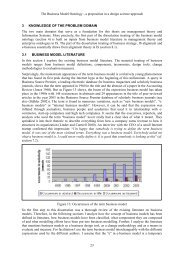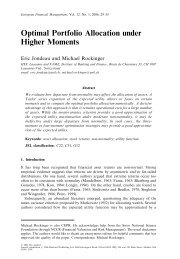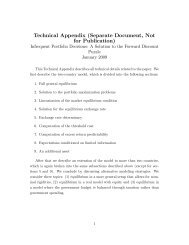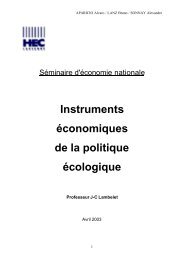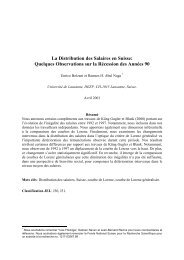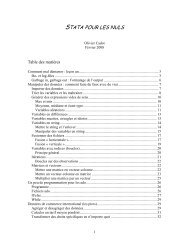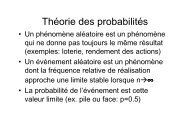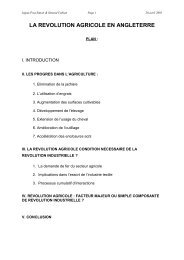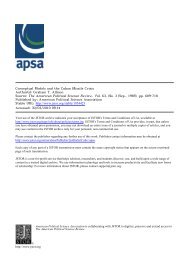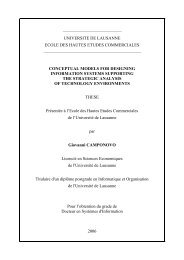Do consumer s tastes differ final 1.7. - HEC
Do consumer s tastes differ final 1.7. - HEC
Do consumer s tastes differ final 1.7. - HEC
You also want an ePaper? Increase the reach of your titles
YUMPU automatically turns print PDFs into web optimized ePapers that Google loves.
Preference formation<br />
D O C ONSUMER’ S T ASTES D IFFER?<br />
Becker (1998) states that each person is born with limited experiences; new ones will be added during<br />
childhood and by later experiences. By creating addiction, habits and traditions, a human being’s<br />
desires and choices will be influenced. This acquired behaviour will generally stay, even if the<br />
environment changes radically, as the cost of adaptation might be too large.<br />
This behaviour has been observed in major cities, where people not only stick to their habitual food,<br />
but also create communities with members of the same nationality, for example “Little Italy” and<br />
“China Town” in New York City, but also the Irish, German, Indian, etc. communities.<br />
Several economists claim that some people do not behave rationally under certain circumstances.<br />
Becker does not agree, as the economically irrational behaviour of, for example, caring for elderly<br />
parents without having the obligations to do so by social norms or altruism, may still maximize the<br />
person’s behaviour, once guilt or other experiences from the past are included.<br />
Conclusion – Becker (1998)<br />
“The great advantage, however, of relying only on changes in the arguments entering household<br />
production functions is that all changes in behaviour are explained by changes in prices and incomes,<br />
precisely the variables that organize and give power to economic analysis.” (Becker 1998)<br />
But does this approach give a good representation of behaviour? Becker (1998) justifies a specific<br />
behaviour by the utility of a consumed commodity. It seems that any possible influence can be<br />
included to express a variation in the price of a commodity. The approach needs to be applied<br />
carefully, as influences might be overseen, which otherwise could lead to a <strong>differ</strong>ent result.<br />
B EKE T INNEBERG 16<br />
19 MARCH 2003




